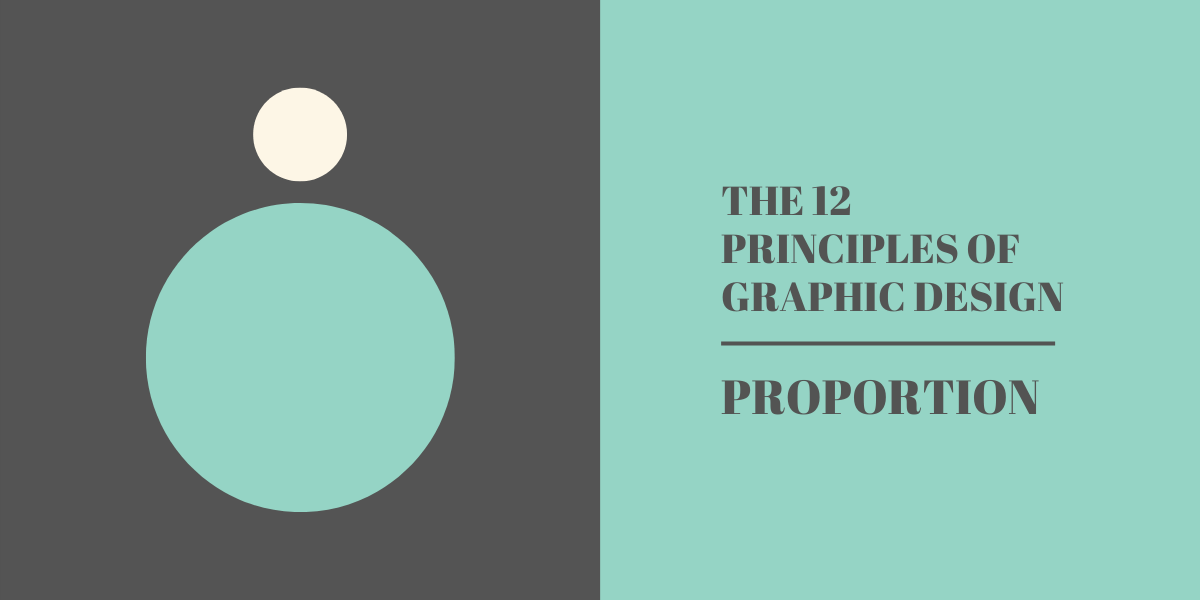Table Of Content

The UML is popular among programmers, but isn’t generally used by database developers. One reason is simply that the UML creators did not focus on databases. Despite this, the UML is effective for high-level conceptual data modeling, and it can be used in different types of UML diagrams. You can find information about layering of an object-oriented class model onto a relational database in this article about Database Modeling in UML.
Communication Diagram Example
Similar to flow charts, these diagrams plot out a system’s business or process flows—for example, payment, registration, and travel booking flows. Deployment Diagram Deployment diagrams depict the physical resources in a system, including nodes, components, and connections. UML 2.0 helped extend the original UML specification to cover a wider portion of software development efforts including agile practices. It is important to distinguish between the UML model and the set of diagrams of a system.
Deployment Diagram Example
While the process of creating one differs greatly depending on your business needs, we’ll outline a couple of the best practices you can follow. Now that you know about the different types, you’re probably wondering how to make a UML diagram. You can see from the diagram that the main focus lies with how and where the different objects are connected.
Create a custom modeling tool for your own business domain.
Sequence diagrams — sometimes known as event diagrams — show the order in which your objects interact. This includes the lifelines of your objects, the processes that interact with your objects, and the messages exchanged between the objects to perform a function. A use case diagram is often used as a top-level overview of how users and systems interact. As a result, it’s a useful way for a non-technical audience — which can include key stakeholders — to visualize your system. Most commonly, a UML diagram is used to analyze existing software, model new software, and plan software development and prioritization.
In this article, we’ll outline what UML is, how to use a UML diagram, and the different types of UML diagrams out there. So whether you’re a business manager or a software developer, an understanding of UML diagrams can go a long way. It’s always helpful to refresh your memory and familiarize yourself with the best practices for UML diagramming.
Benefits of Class Diagrams
UML Satellite a Step Closer to Launch - UMass Lowell
UML Satellite a Step Closer to Launch.
Posted: Thu, 22 Jul 2021 07:00:00 GMT [source]
As you can see from this image, the sequence diagram outlines all the steps that interact with the ATM machine and the user. It covers all the possible actions the user can take and shows how the ATM machine will respond in each situation. In other words, they show how software runs on components within a system. It helps users model the physical aspects of object-oriented software.
Get More State Chart Diagram Examples >>
Use cases enable you to relate what you need from a system to how the system delivers on those needs. The use case diagram is used at a high-level design to capture the requirements of a system. Although the use case diagrams are not a good candidate for forward and reverse engineering but still they are used in a slightly different way to model it. A profile diagram enables you to create a domain and platform-specific stereotypes and define the relationships between them. You can create stereotypes by drawing stereotype shapes and relate them with composition or generalization through the resource-centric interface.

While activity diagrams show a sequence of processes, Interaction overview diagrams show a sequence of interaction diagrams. State machine diagrams are similar to activity diagrams, although notations and usage change a bit. They are sometimes known as state diagrams or state chart diagrams as well. These are very useful to describe the behavior of objects that act differently according to the state they are in at the moment. The State machine diagram below shows the basic states and actions.
Timing Diagram Example
In fact, UML diagrams are used widely across different areas of business. This is how you demonstrate software deployment across hardware components. Your deployment diagram could show hardware such as a client server, database server, and an individual PC, with collaboration software layered on top of it. The Interaction Overview Diagram focuses on the overview of the flow of control of the interactions. It is a variant of the Activity Diagram where the nodes are the interactions or interaction occurrences. The Interaction Overview Diagram describes the interactions where messages and lifelines are hidden.
It describes the working of both the software and hardware systems. They can be used to describe the business workflow or the operational workflow of any component in a system. Sometimes activity diagrams are used as an alternative to State machine diagrams. Check out this wiki article to learn about symbols and usage of activity diagrams.
Subcomponents of email management could include system administration and front-end HTML. The state of an object is defined as the condition where an object resides for a particular time and the object again moves to other states when some events occur. Statechart diagrams are also used for forward and reverse engineering.
The process isn’t moving your workflow along as quickly as you’d hoped. To identify what’s causing the holdup, you refer back to your UML diagram and pinpoint the root of the problem. When it comes to creating a UML diagram, a lot of businesses use a UML diagram template. The best way to understand UML is to look at some examples of UML diagrams. A complex enterprise application with many collaborators will require a solid foundation of planning and clear, concise communication among team members as the project progresses.























